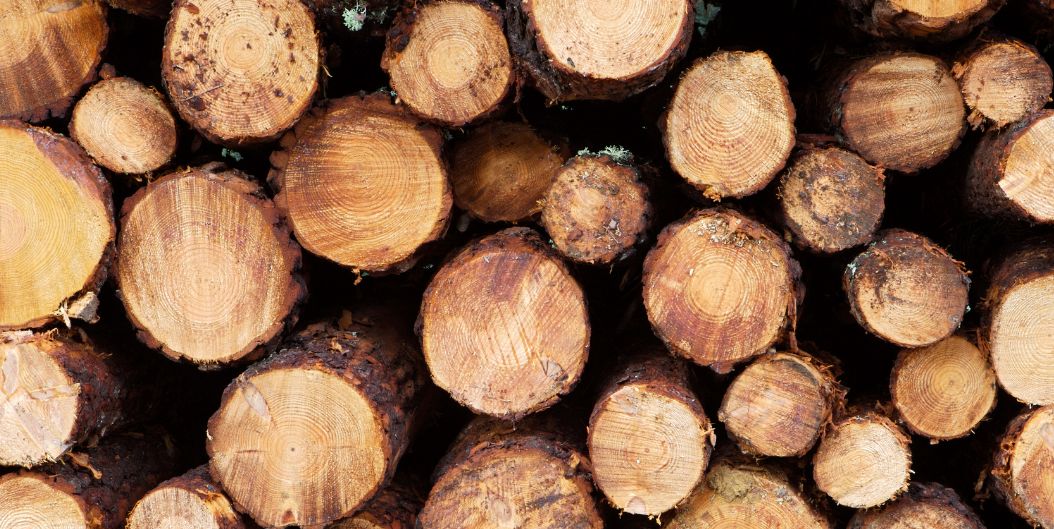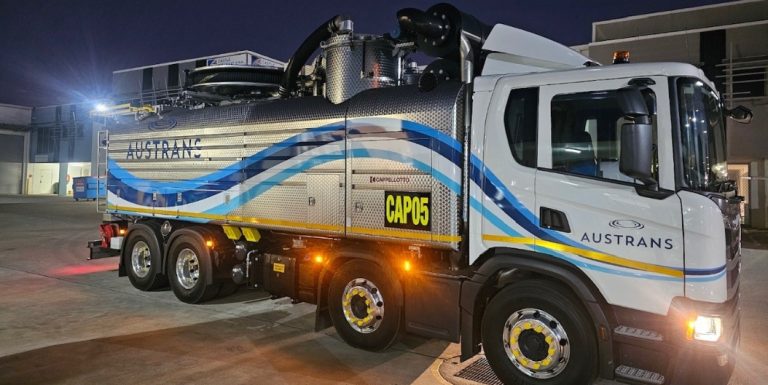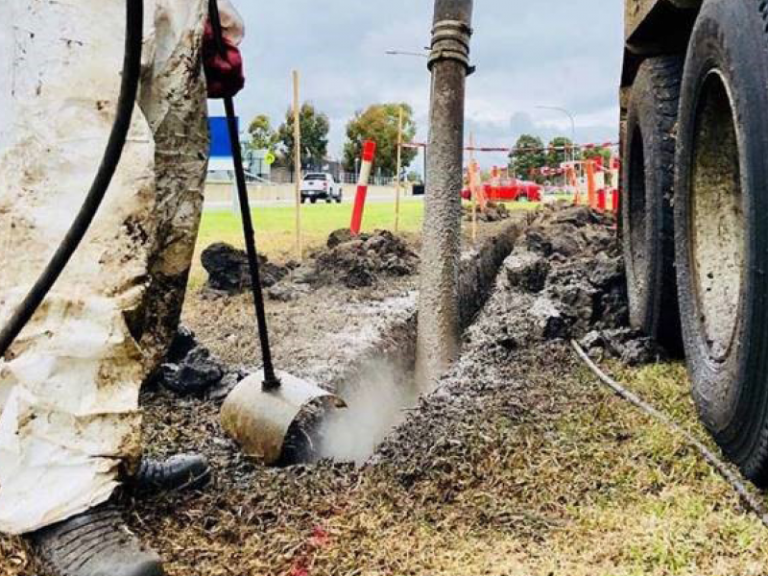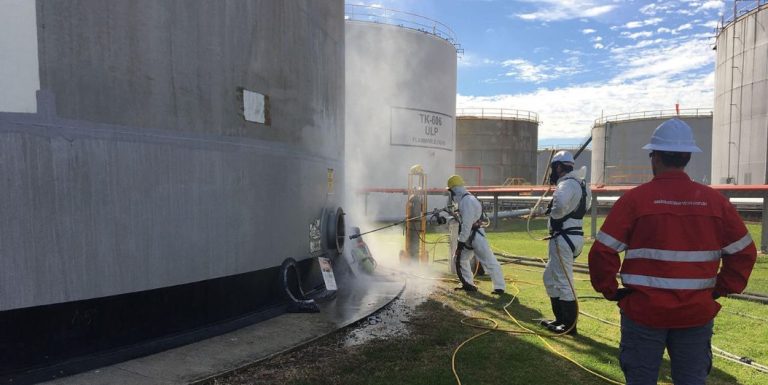The Power Of Bioenergy From Wood and Timber Waste
Biomass, in essence, denotes organic matter sourced from plants and living organisms, presenting a remarkable renewable energy reservoir. Predominantly, biomass encompasses materials such as plants, wood, and various forms of waste, constituting vital resources for energy production. This natural repository of energy offers a sustainable solution as we continue to search for environmentally friendly power generation methods.
What is bioenergy?
Bioenergy, derived from biomass, serves as a versatile source for producing heat and electricity. Through chemical conversion processes, biomass undergoes breakdown into fuels like biogas or liquid biofuels, which find applications in electricity generation and transportation sectors. This process enables the transformation of natural resources into usable forms, facilitating sustainable energy solutions across various industries.
According to The Australian Government Geoscience Australia website, ‘Around 10 percent of the world’s primary energy consumption comes from bioenergy. The majority of the world’s bioenergy is used directly for heat production through the burning of solid biomass; only 4 percent is used for electricity generation and another 2.5 percent is in the form of biofuels used in the transport sector.’
Bioenergy from wood waste
Bioenergy extracted from wood waste comes from a variety of sources like leftover materials from forests, woodchips, sawdust, and residue from pulp mills. It’s important to manage forests sustainably so we can use bioenergy to help both the environment and society. When we manage forests responsibly, we make sure that we can use wood waste for bioenergy production while also taking care of nature and supporting communities. This way, we’re not just producing energy, but also working towards a cleaner and more sustainable future.
Bioenergy from timber
Timber stands out as a top choice in construction for several reasons. Firstly, it’s incredibly versatile and renewable, making it a cornerstone of the circular economy. Thanks to its ease of reuse and recyclability, timber has become a sustainable option that aligns well with circular economy principles.
Derived from trees, timber promotes responsible forestry practices, allowing for the continual regeneration of forests. It helps diminish reliance on carbon-intensive materials like concrete and steel, thus reducing our carbon footprint.
Moreover, timber boasts exceptional thermal properties, making it an ideal natural insulator. It effectively retains heat during colder months and keeps interiors cool in summer, offering year-round comfort.
A notable environmental benefit of timber lies in its carbon sequestration capacity. The carbon dioxide absorbed by trees during their growth remains stored within the timber fibres even after harvesting. When used in construction, this carbon remains locked within the building, effectively mitigating climate change by removing and storing atmospheric carbon dioxide. Therefore, timber not only serves as a sustainable building material but also actively contributes to combating climate change through carbon sequestration.
Meet The Experts In Resource Recovery And Recycling
Established in 1999, the Austrans Group is proudly Australian-owned and operated, and is now recognised as an industry leader in hazardous waste management, industrial services, and project management all over South East Queensland.
From public infrastructure to assisting in massive environmental rehabilitation and providing complete disaster recovery support, Austrans have done it all, and have the expertise to get the job done.
At every stage of business, we have made our passion for sustainability a key focus. If you want to collaborate with a team that values the importance of sustainability and deeply cares about the environment and community, get in touch with us today and we can work towards building a rewarding partnership.







